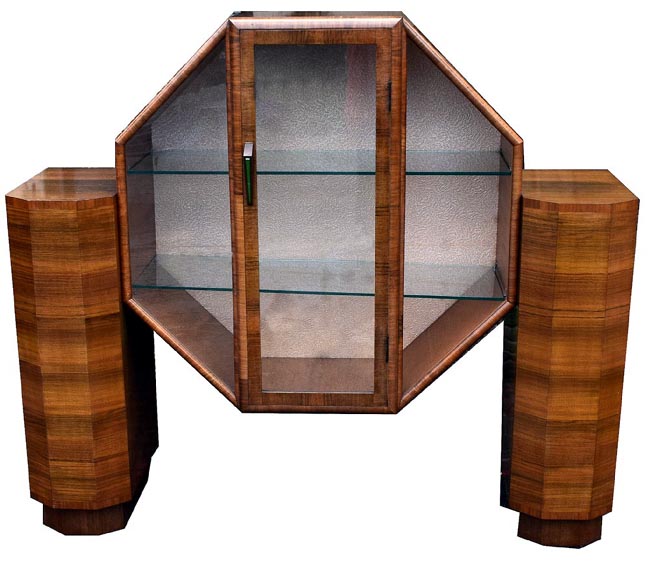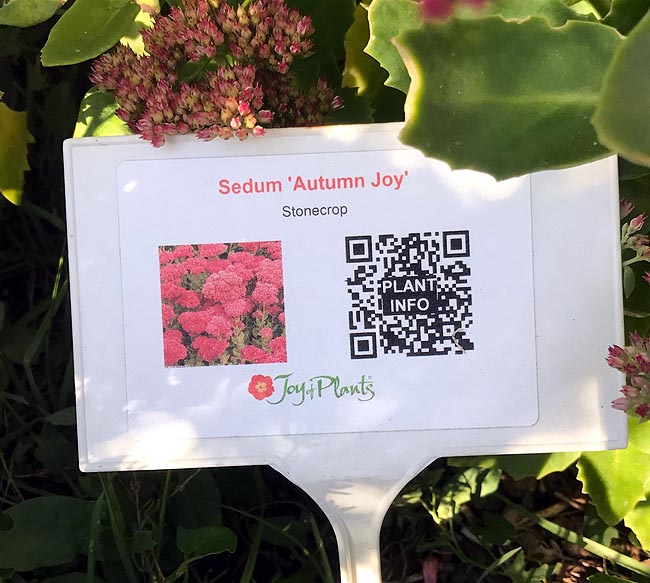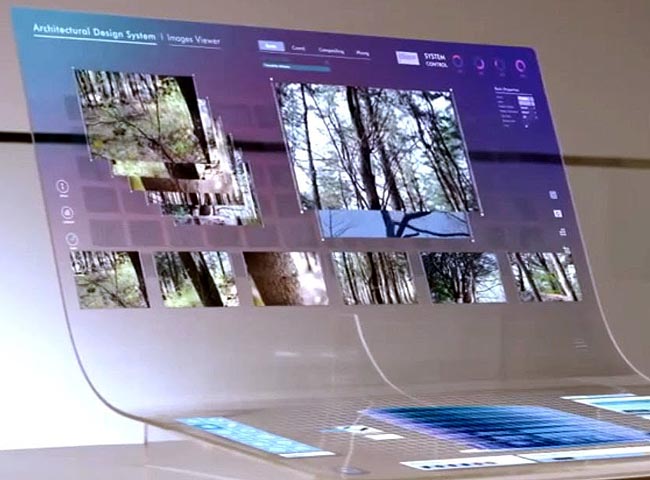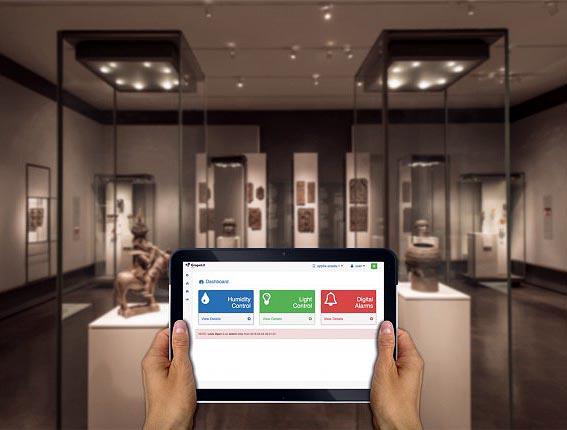 |
| Art Deco walnut display cabinet, circa 1930 |
Introduction
Most people in tuned into the news will be aware of the media splash behind the launch of the new Apple iphone X (and 8) the other day.
It has been widely publicised that the X phone was to mark the 10th anniversary of the first iphone in 2007 and all those doubters who came up with such classics as "it will never catch on, it hasn't got any buttons" or "why put wifi connectivity on a phone?".
Of course other technology, particularly software has come a long way in the last 10 years too, but what has there been for the mineral display case?
LED Lighting
Currently probably the most prominent and accessible innovation has been LED lighting.
With smaller size, low power consumption and heat generation LED lighting was always going to be a winner, getting the right colour temperature, fittings and budget were problems to solve for the early adopters, generally all fixed now by specialist display lighting suppliers or DIY enthusiasts with a soldering iron!
The future LED lighting to pun, is bright with new innovations for colour, colour change (including UV), output control and of course integration with other systems.
Interactive Displays & Apps
At Munich Show in October 2014 Colido were demonstrating the use of Radio Frequency Tags (RFT) to catalogue minerals, then by using sensors on a shelf integrated with the LED lighting system, spotlight a particular item on a shelf.
RFT technology is widespread and used universally in warehousing and logistics, the concept is that the tag (a metallic strip) responds with code to a radio signal. The system can then be designed to pinpoint exactly where something is.
The advantage over barcode or Quick Response (QR) code is that the radio transmitter does not need to be in front of the item to pick up its data.
The cost for a tag is remarkably cheap (under $.50), but the limitations (back then) were the costs for the sensors and system, plus the very small tags (needed for a mineral specimen) were not very good over longer range.
The concept was great for museums or static collections, as working with the correct cataloguing software and user device you can make the display interactive.
For example displaying a grid of photos on an App then allowing the user to select the photo, the lighting in turn spots the mineral in the case and the the App presents the information about the subject on screen - and possible without RFT.
QR codes and readers (also bar codes) have been around for a while too, also often seen in museums and exhibitions. Basically a QR is a machine readible URL or link, so using your App to read the code on the display case links the user to the information about the content via their device.
Surprisingly not well adopted, there have been some interesting tries to make these useful. Back in 2012 our Developer built an App for Kew Botanical Gardens London, that links QR codes to Kews database, so able to pinpoint the plant on the site map as well as others, and of course provide information regarding the plant.
 |
| September 2017: A QR label in a garden in Twyford, maybe the idea of QRs is a slow burner? |
Another ingenious App I tried in 2012 was implemented in Edinburgh for its buses. Basically a QR code posted at the bus stop and accessed via a phone App allowed the user to see when the next bus was coming along via a real time map.
LCD & OLED Displays
Available from around 2012 large transparent Liquid Crystal Displays (LCD) used with Infra-Red touch sensors have been used to make interactive screens at the front of display cases.
Working as an interactive tool controlled by touching the screen as opposed to via an App, the concept is similar, content limited to what is created in a flash presentation.
Bringing this right up to date and relevant; the mineral world's arch innovator Jolyon Ralph has just unveiled the Mindat.org "magic display case" at Denver Show.
Available at $1000 the LCD screen box provides a display plus presentation unit though without touch screen. You can see the box and watch Jolyon's presentation below.
What does the future hold?
There is obviously huge scope for integration of interactive display technology, with lighting and the physical presentation of minerals. Like just about everything else as hardware costs come down and software advances this display solution will evolve.
I can see 2 hurdles to overcome; firstly the legacy cost of existing display cases, plus the desire to change. Private collectors will probably accept an upgrade to LED lighting within existing units, but replacements another level of cost and bother.
Of course dealers, museums and exhibitions may differ as there is a degree of competitive edge and need to draw interest/educate.
The other hurdle that does not have a clear way past is how to present the interaction. There is no doubt that an interactive LCD display has a massive "wow factor" however either as a presention or with interactive touch screens these are not personalised.
I remember the time in the early 1960's visiting the National Museum of Scotland, where they have fantastic working engineering models. The trouble was that although great to watch, the real thrill was pressing the button to start the sequence! This is the same sort of issue here.
To this end interaction with the user's own device is the better choice; getting information on a phone or tablet allows so much more scope for serving up personalised information and giving access for further exploration.
There are several great things coming up with Artificial Intelligence, Machine Learning and Augmented Reality being the most promising technologies for the future user experience.
Another innovation yet to make its way into the mineral display world is 3D modelling, either by scanning or photography. We have HR video which shot from a phone is convenient but proper modelling offers a high degree of manipulation by the user, either as presentation or within AR.
We have been trying to find a good solution to this, but minerals are a physically inheritantly difficult subject and production time is generally too great for individual objects.
Display cases themselves are nearly always angular, with vertical or planar windows. Foil (OLED) displays can change that too.
 |
| OLED displays offer a different perspective for presentation and display |
Maybe in another 10 years or sooner, you will be able to enter a mineral show or museum and see a virtual walk through display of exhibits signposted on your device screen highlighting items matching your interests, or a live navigation/search app "take me to the liroconite".
When you get there you can look at an AR presentation of the minerals in your case back home and "place" the virtual piece on the shelf alongside.
Some of these ideas will die on the vine, some are already happening or have happened in other areas - it is going to be fun finding out.
 |
| Latest display case management by goppion.com |